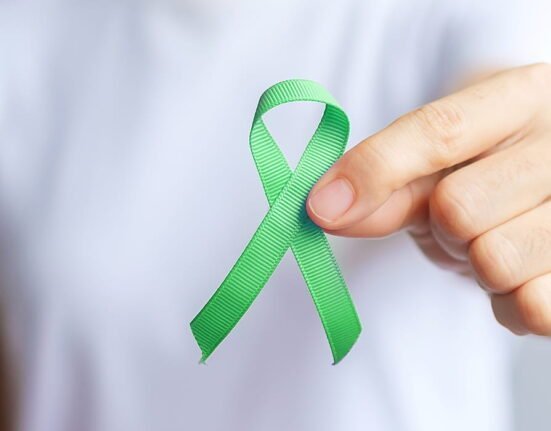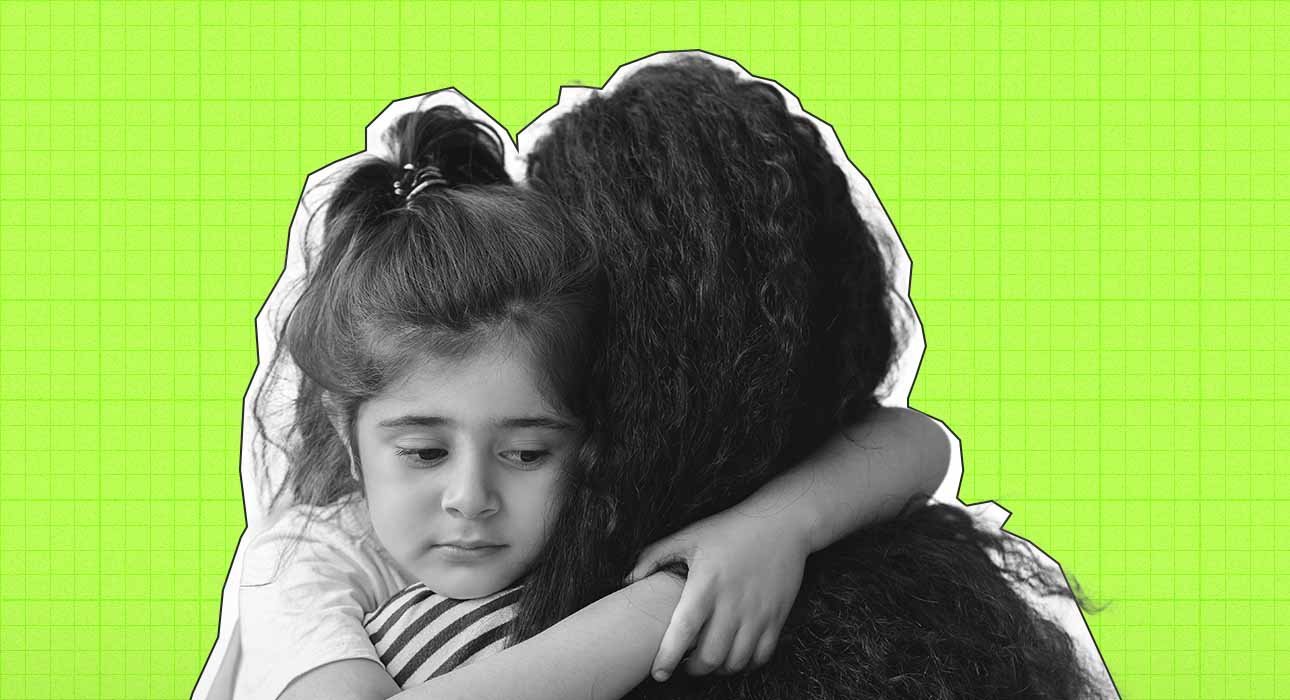Many psychologists have long emphasised that consent learning firstly begins not in classrooms but at home (Nyce, 2016). In many households, affection is often understood as a duty rather than a choice. A form of greeting that every child has to adhere to, whether they are comfortable or not, can lead them to believe that their personal boundaries are not important or are negotiable (Moyses, 2017). This article explores what consent means to a child and how it can undermine their sense of safety while also discussing some healthy alternatives to forced hugs.
Read More: Spotting Manipulation: How to Protect Yourself and Set Boundaries
What does consent mean for children?
Bodily autonomy refers to the fundamental right where people, even children, can make choices regarding their bodies without any coercion. Even a four-year-old has bodily autonomy and hence a right to consent (James, 2015). It is important to teach children the meaning of consent from a young age, rather than perceive it as a complicated idea that should arrive late in life. To help them understand that their bodies belong to them and it’s completely okay to say ‘no’ in situations that they are not comfortable in. Hugs, tickles, or kisses should never be forced on a child if they’re uncomfortable(Duan, 2022).
Growing up in a collectivist society, hugs have always been seen as a symbol of love and respect, a way of non-negotiable greeting. However, it can sometimes cast a bad light on a child’s moral compass. Possibly, this reduces their sense of safety, leading them to believe that their comfort takes a backseat to validation being held in far greater regard than their emotions (Wassenaar, 2023). Autonomy in letting them decide if they want to be hugged, kissed, or cuddled should be given to every child. In addition, it is the duty of the guardians to help the kids understand that their body belongs solely to them. Their ‘no’ should be respected instead of being seen as a rebellion against family traditions (Moyses, 2017).
Children who grow up learning the importance of consent also understand and value the consent of others. When allowed to decline hugs or tickles, even toddlers start to grasp empathy: if their “no” means, then so does someone else’s. This develops emotional intelligence as well as the bravery to stand your own when something doesn’t feel right (Nyce, 2016).
Read More: Parenting Styles and Moral Development in Early Childhood
Can forced affection be harmful?
When children are pressured to show affection, they can mix up heartfelt warmth with duty. Instead of feeling the happy spark of choosing to hug, kiss, or hold hands, they come to believe that love is something they must fulfil, an obligation pinned to their day like homework. Over time, this idea that they “owe” touch to someone else turns love into a transaction rather than the gift it should be (Duan, 2022). Then, once they’re adults, friends, partners, and even coworkers can route around the defences they never learned to build, so it feels wrong to say, “No, that’s too much for me.” They just keep giving, for fear that retracting would mean retracting love itself.
Forced affection is also a quiet thief of trust. When a child feels entitled to decline and the adult remains firm, the silence between the two can unwittingly teach the child that their wishes are background noise. They course-correct to silence: less confession, less humour, less “this feels weird, let’s stop.” Instead, the mind spins, wondering if the adults who love them also control their bodies (Moyses, 2017). All of this is invisible, but the trails lead to the same wide gaps: a generalised feeling that close love must mean “sound the alarm if it gets too close,” surges of anxiety deciding when—and when not— to let warmth in, and the quiet habit of pulling back, hard, if someone leans in too fast.
Read More: Why Saying “No” Feels So Hard (and How to Change That)
Respecting Individual Affection & Building Consent
Children express affection in various ways, and many don’t rely on physical closeness. Some beam a shy smile, a slow-upcoming wave, a lightning-quick high-five, or the quiet, secret comfort of parallel play. Insisting that each child performs affection in the “standard” way overlooks their unique personality and shuts the door on discovering safe and genuine ways to share their feelings (Wassenaar, 2023). When they’re invited to make these small, quiet choices, their confidence deepens and their sense of “this is who I am” solidifies.

When adults press for obligatory hugs or kisses, they often unknowingly teach their child that their own comfort is the rule (James, 2015). Then later, the child might face peer pressure and unwanted attention armed with an underdeveloped “no.” Letting children set the terms of the greeting, the invitation, and the size of the boundary doesn’t leave space for magic but plants the quiet truth that consent is a silent, sturdy thread in every hello, every friendship, every gathering (Nyce, 2016).
It’s important to understand that children express affection in their own ways and often don’t need physical contact to show it. They may show affection through a shy smile, a slow wave, a quick high-five, or simply enjoying silent play side by side. Insisting affection has to look a certain, loud way shuts down their true selves and misses the rare chance to notice the thoughtful, small ways each kid learns to show love (Duan, 2022).
Read More: The Science of Saying No: Protecting Your Energy in a Yes Culture
What are some healthy alternatives to forced hugs?
In today’s time, we must examine long-held family customs that assume affection must be given on demand instead of being invited. Showing children that their “no” is a complete answer reinforces that their autonomy deserves honour (Moyses, 2017). We can move beyond hugging and kissing-forcing traditions with these other, kinder options that are described below:
1. Giving Children a Choice
This can be done by asking children how they would like to greet or interact with someone. These interactions may include a smile, a wave, or even a thumbs-up. Giving children the power to decide how to interact, as granted to them by adults, helps to restore their sense of agency (Wassenaar, 2023).
2. Playful Gestures

Rather than a regular handshake, offering a high five or a secret fist bump instead is much more fun. These playful routines not only help to ease children into a moment but also allow adults to give them space that children treasure (Amen Clinics, 2021).
3. Non-Intrusive Affection
Float an “air hug” in their direction or tuck a smile into a blown kiss. A friendly, quick handshake works too; let kids decide what feels cosy at their own speed. The affection is still genuine, but there’s zero pressure to touch if the kid isn’t ready (Duan, 2022).
4. Shared Activities
Jump into the world they love—let them show the rules to their favourite game, listen to their made-up story, or cook a silly snack. Laughter and curiosity fill the house, creating lasting memories that outshine any forced cuddle. Even quiet stretches, like colouring side by side or reading the same page, send a louder “you matter” than any squeeze (Nyce, 2016).
5. Verbal Affirmations
For some children, friendly encouragement may hold more value than physical affection. For example, “You made that picture shine,” or “I can’t think of a better buddy to walk with” hits like a gold star slap in the heart. Those phrases can foster trust, support the child’s self-image, and bring to mind the wonderful adult with big hands who is full of cheers on the inside (Wassenaar, 2023).
6. Creative Rituals
Hugs as a sign or token that a person is appreciated or loved can be replaced with creative rituals, as previously mentioned. For example, a funny little dance that is done a certain way is done by each of the kids of a certain age when they greet the guest. To a limited degree, some of these odd things enhance joy and therefore enhance togetherness (Amen Clinics, 2021).
Read More: Why Children Who Are “Seen But Not Heard” May Struggle with Communication as Adults
Conclusion
A child’s compliance, trust, and safety with relationships tends to be higher when they comprehend that to love is a choice and not a duty when it is given. We help kids and trust to some degree when a “no” is respected and when love is given in the many ways they wish to express and show. The small things we do, such as honouring a child’s choice to hug or letting them decide, influence how children view themselves and other people for decades.
Read More:
FAQs
1. Why is it harmful to force children to hug or kiss?
An upbringing that incentivises children to show affection or bodily gestures teaches them to make undesirable sacrifices. It poses potential psychological safety wounds, makes it harder for them to “no” in future, and creates the risk of having very few protective boundaries.
2. Isn’t hugging just a way to show love and respect?
While a hug may show affection, it must be voluntary. The way children show affection must be of their own choosing. When children express love and tenderness, the affection is customizable and becomes more intense.
3. What should be done if some relatives get offended by a child not wanting a hug?
Parents may risk upsetting others, but prioritising the child’s happiness should come first. It teaches that a case of bodily autonomy is not the child’s greeting, but respect.
4. Will children become more disrespectful if taught how to say “no” to things?
Absolutely not. It nurtures self-preservation and enables a child to appreciate their own and others’ boundaries, hence saying no to many things helps kids respect themselves. It enhances empathy, increases confidence, and promotes healthy relationships in the future.
5. At what age should children be taught about consent?
Consent is a topic that can be taught to children as early as the toddler age; children as young as two years old can understand that their body is their own. Everyday activities like asking a child if it is okay to give a hug support the lesson, and so does honouring the ‘no’ if a child pulls away.
References +
The 7 Best Feel-Good Alternatives to Replace Hugs | Amen Clinics. (2021, January 18). Amen Clinics. Retrieved August 19, 2025, from https://www.amenclinics.com/blog/the-7-best-feel-good-alternatives-to-replace-hugs/
Duan, V. (2022, November 21). I Won’t Force My Kids to Hug Me or Anyone Else. Parents. https://www.parents.com/i-won-t-force-my-kids-to-hug-me-or-anyone-else-6830853
James, J. S. (2015, June 7). Your Child Should Never Be Forced to Hug Anyone (Yes, Including a Relative) – Here Are 7 Reasons Why. everyday feminism. https://everydayfeminism.com/2015/06/never-force-child-hug-people
Moyses, K. (2017, November 14). Should you force your child to hug a relative? MSU College of Agriculture and Natural Resources. Retrieved August 19, 2025, from https://www.canr.msu.edu/news/should_you_force_your_child_to_show_affection_to_relatives
Nyce, C. M. (2016, June 6). Teaching Kids Consent. The Atlantic. https://www.theatlantic.com/culture/archive/2016/06/teaching-consent-to-kids-under-age-5/623754
Wassenaar, S. (2023, December 12). Why You Shouldn’t Force Your Child To Hug Grandparents. Nurtured First. Retrieved August 19, 2025, from https://nurturedfirst.com/toddler/stop-forcing-hugs/













Leave feedback about this